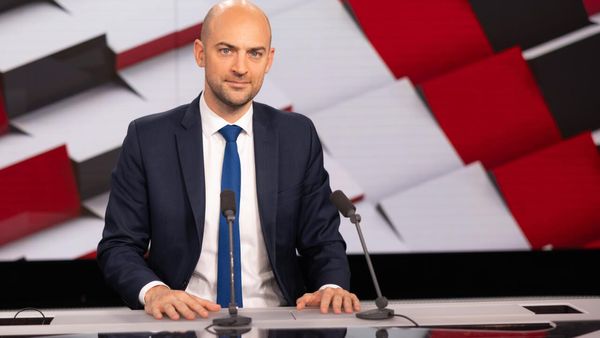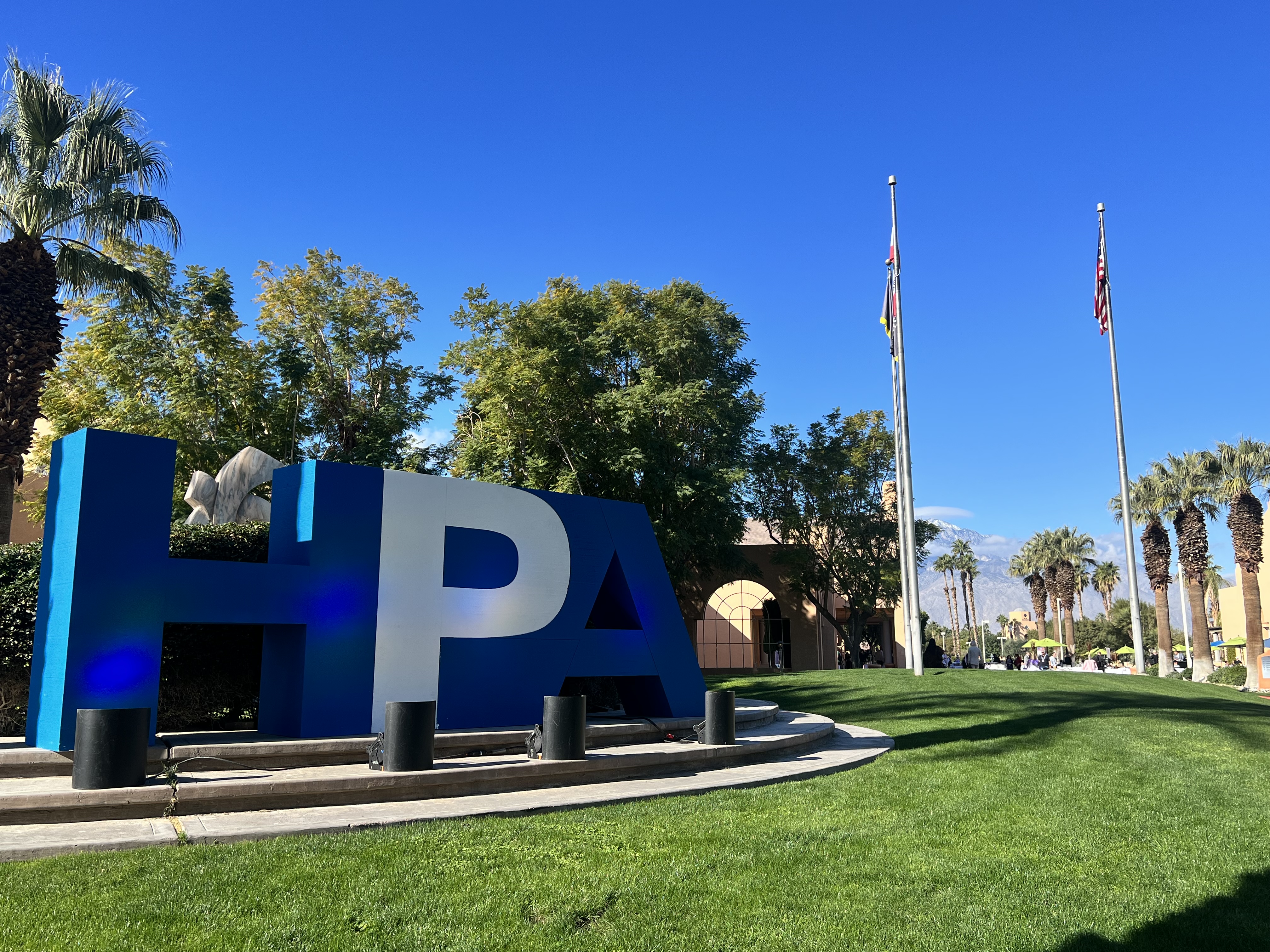
RANCHO MIRAGE, Calif.—Although “Innovation” and the phrase “Let the Sparks Fly” were the themes of the 2024 HPA Tech Retreat, several of the most perceptive sessions involved looking back— be it for a month, a year or decades into the archives of the moving images industry. Each presentation offered perspectives and outlooks that will affect the TV and video industries in the years and decades ahead.
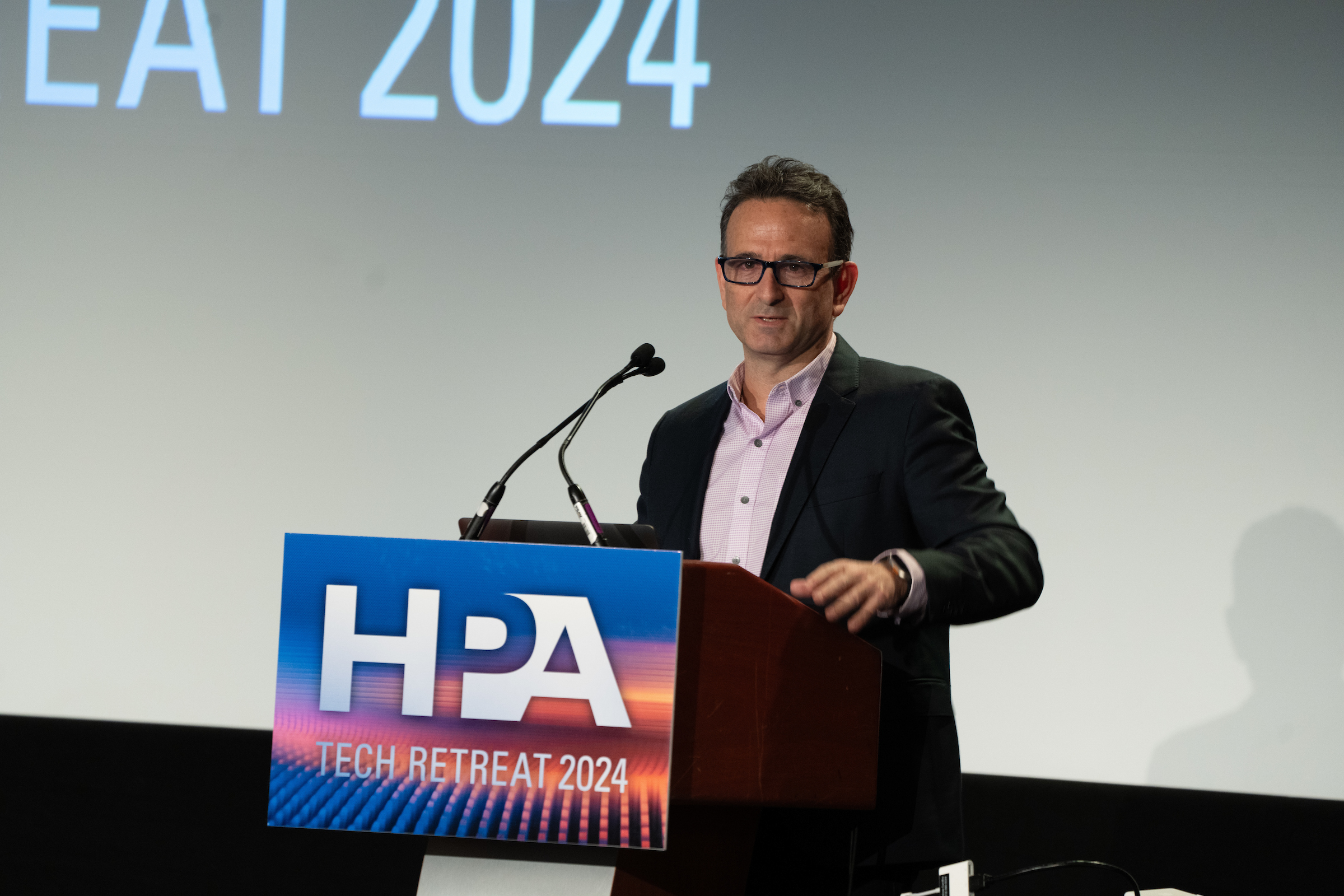
HPA President Seth Hallen summed up the pertinence of these times when he cited the over-arching topic of one day’s sessions. He called artificial intelligence a “fundamental transformative change” which is “different” from other technologies that have affected the media industries. “Don’t fear AI,” said Hallen, who is co-Managing Director of Light Iron; he urged the Hollywood Professional Association audience to find ways to use AI “to enhance the human touch” and explore the “ability to integrate these tools” into productions.
His support of AI underscored the reflective presentations that chronicled recent industry developments.
For example, Mark Harrison, CEO of DPP, focused on the dominance of AI at January’s CES (formerly known as the Consumer Electronics Show) in Las Vegas. Digital Maestro Mark Schubin also cited AI in his wrap-up of 2023’s industry-shaping developments. A panel of media archivists examined AI’s value as a tool to safeguard and search content. And Eluvio’s Michelle Munson acknowledged AI’s role in establishing and maintaining trust throughout the production and distribution process.
Software—Especially AI—Dominated CES
Artificial intelligence is “finally a technology worth shouting about,” said Mark Harrison, CEO of the DPP [Digital Production Partnership], an international network of media and technology developers, as he began his review of January’s CES. After the pandemic downturn, CES is “again reassuringly unpleasant to be at,” Harrison joshed as he plunged into the otherwise predictable roster of top technologies from the mega-show (smart homes, wearables, robotics, automotive) described in the 100+ page CES report his company just published.
He called the market for consumer TV receivers “as flat as its product.” The global market for such devices is now about $97 billion and will fall to $96 billion by 2028. “Of course, those TVs get incrementally better each year, as the latest technology gets cheaper, and is standardized.” He pointed out that content providers already struggle to supply media to a technical specification that matches the capability of the TV’s on which that content is consumed.
Software is killing consumer electronics."
Mark Harrison, DPP
Harrison, who founded DPP, previously held senior roles at the BBC and in independent production. His over-arching perception of CES was that “software has become more important than hardware”—a stunning reorientation of a trade show long known as the gizmo and gadget bazaar.
“Software is killing consumer electronics,” Harrison told the HPA audience.
One prominent factor in DPP’s evaluation was its “heat map,” which tracks the buzz and growth of innovative products in more than two dozen categories over the past 15 years. The line for high-end displays has been chilly for the past few years, and the smart TV trajectory has become almost frozen.
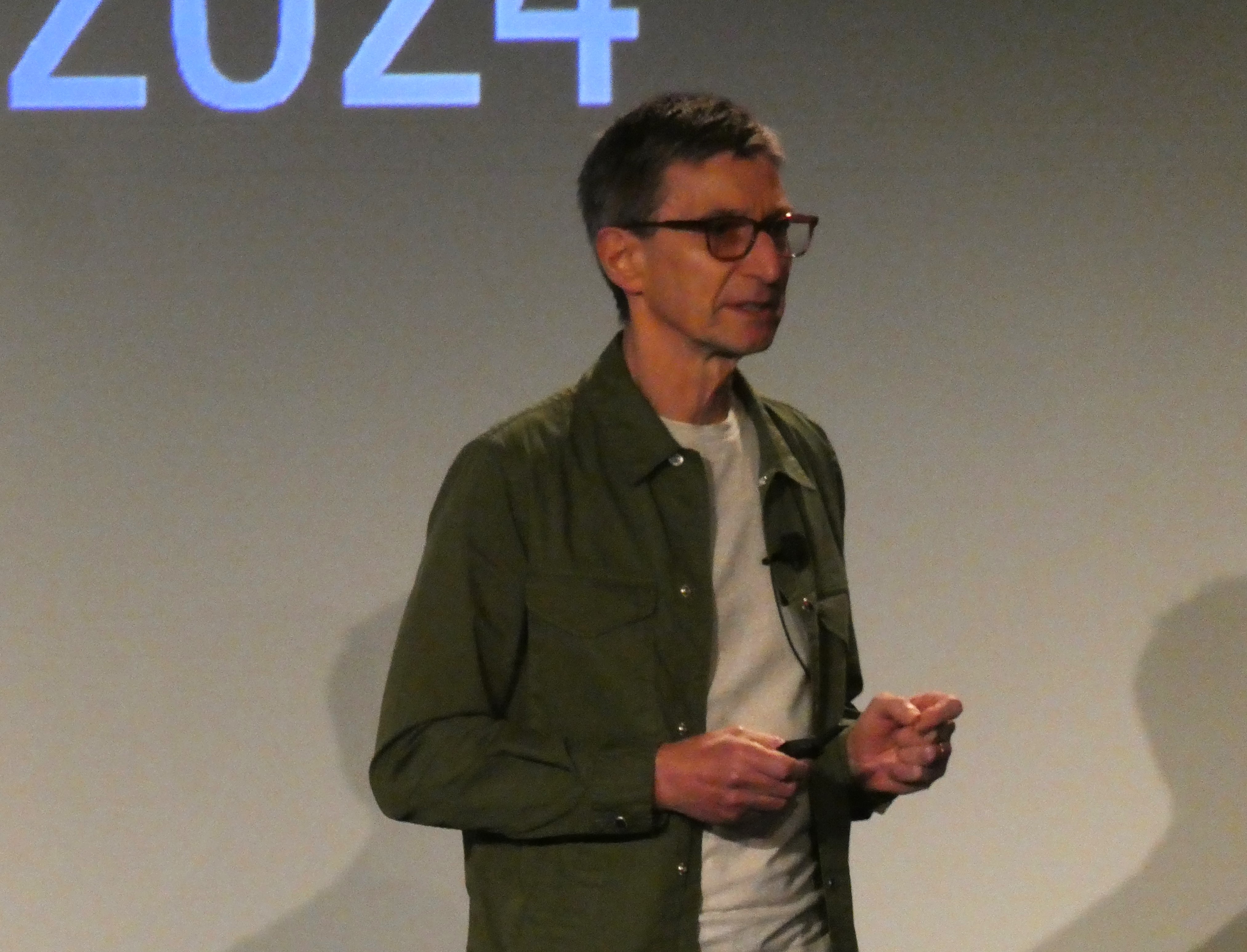
Harrison explained that DPP has seen its heat scores in video technology as “modest” and determined that, “we were in a period of pragmatism. The emphasis seemed to be on making existing technology work better for consumers and businesses alike, rather than hyping up the new.”
DPP’s report summarizes that, “This year our heat scores are the coolest ever” which may indicate “actual maturity.” But the analysis also cautions that, “The picture is more complicated.” It suggests that the reason for the “sense of disappointment” at CES stems from the absences of new tech this year, but then asks, “When something isn’t boiling, is it cooling down or hotting up?” Harrison contended that something new may be brewing, but he did not speculate about specific forthcoming products or services.
As for AI,—the #1 topic at CES – Harrison called it “a revolution hiding in plain sight,” although now it is “stranded on the shoulders” of giant providers who are “confident about being able to deploy generative AI.” But he noted the “AI problem”: innovation requires investment, and he expressed concern about the impact of negativism and financiers’ trepidation about the risks (political and otherwise) regarding AI.
Schubin’s Intelligence
Earlier, Mark Schubin, who calls himself the “Program Maestro of the HPA Tech Retreat”—in his summary of 2023’s key developments—also acknowledged the onslaught of AI, although he called 2023 “the year of Intellectual Property.”
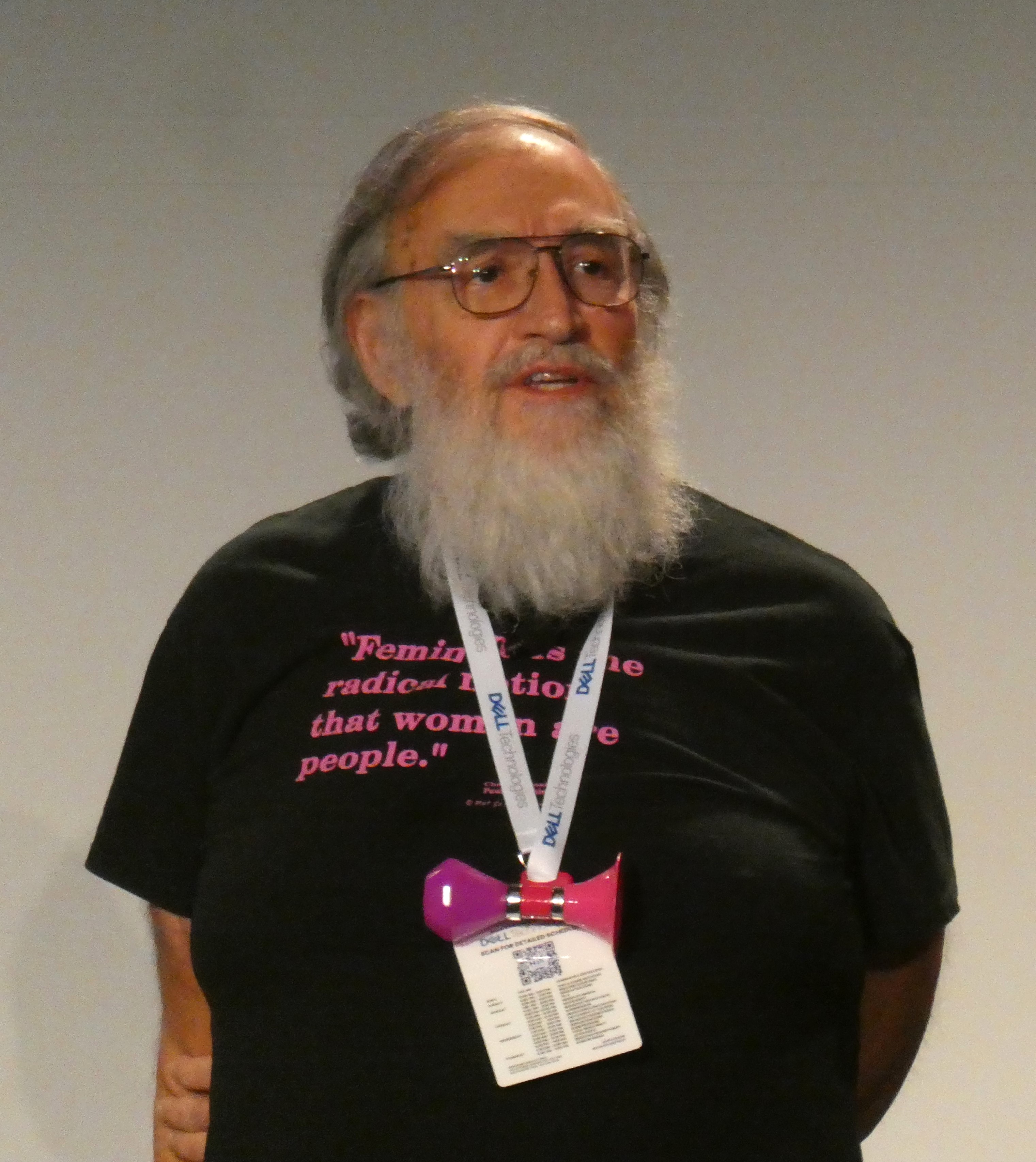
Schubin, the Emmy-winning long-time technology overlord of the Metropolitan Opera’s video production, cited the evolving role of Digital Rights Management (DRM) as an emerging barrier to home recording. He pointed to developments involving ATSC 3.0 that could enable broadcasters to prevent their signals from being recorded.
Schubin’s broad-ranging summary of last year’s developments included products such as the Sphere 18K Big Sky Camera, Canon’s Metalens, Apple Vision Pro (and the headset Virtual Reality category) plus the emergence of quantum dots as a new image and transmission feature.
Although he did not elaborate on these products or forecast their successes in the marketplace, Schubin did cite problems he has seen in some streaming content, such as “dark screens.” He also indicated that the many variations of artificial intelligence—with all their benefits, hurdles and hallucinations—will continue to play a larger role in the video production industry.
Digitizing Archives: Do It Now
Looking further back—while emphasizing future values—a panel of media archivists in a coordinated presentation explained “Why Right Now Is the Time to Digitize Your Archive.” They explained that in 20 years, more than four million hours of TV and movie content has been digitized, but that the pace has picked up so that last year, more than seven million hours was preserved—nearly double the sum of the previous two decades.
The panelists—representing an array of experiences in production and the history of the TV and film industry—included Carin Forman, Global Partner Lead for Media and Entertainment, Amazon Web Services (moderator); Heidi Shakespeare, CEO, Memnon Archiving Services; Andrea Kalas, SVP-archives, Paramount Pictures and Linda Tadic, Founder/CEO of Digital Bedrock.
“Content Discovery has forever changed,” the panelists concurred, citing tools such as OpenAI CLIP (Contrastive Language-Image Pretraining). They described CLIP’s multimodal AI model that combines knowledge of English-language concepts with semantic knowledge of images to power video semantic search, image classification and other factors.
The panelists cited the burdens of archiving, especially “technology obsolescence” which means that playback devices and preserved files are not available. They pointed out that, for example, most surviving VTRs operate on refurbished heads with parts scavenged from “donor machines,” thus reducing the equipment pool further. Moreover, “Knowledge Obsolescence” is already appearing as engineers “with the requisite skills are nearing retirement and attracting younger generations is a challenge.”
Their side remarks underscored the often-unexpected values of being able to track digital assets. For example, Tadic explained that when she worked at HBO during the first season of “The Sopranos,” no one really knew that the show would become such a landmark success. She recalled that the outtakes “reel” from the first shows were deliberately destroyed—footage that could have become valuable after the eventual success of the series.
Finally, they warned that, “Just because it’s digital, doesn’t mean it’s preserved.”
"Digital preservation requires ongoing care and management,” they said. “There is no ‘store and ignore’ medium. Migration is necessary to keep your digital content alive.”
Managed digital preservation involves planning, policies and processes, the archivists insisted in their joint presentation.
Establishing Trust
Michelle Munson, co-founder and CEO of Eluvio, described the security vulnerabilities of digital content, including problems that can develop via the “conflation of storage and rendering”—factors of the AI process. Berkeley, Calif.-based Eluvio has developed the “content fabric protocol,” an open and decentralized, streaming, content distribution, and storage network built for the third generation Internet.
In her HPA presentation on “Content Authenticity and Provenance: Protocol vs. Workflow,” Munson acknowledged that storage formats can be “very kludgy” and contended that the “claims generator is outside the control loop.” She supported the use of blockchain (which Eluvio supports) as a way to “take care of distribution over decentralized networks.”
Munson, who has been involved in establishing the Coalition for Content Provenance and Authenticity, explained that C2PA’s specification is intended to codify procedures and to “establish trust” in digital distribution.



